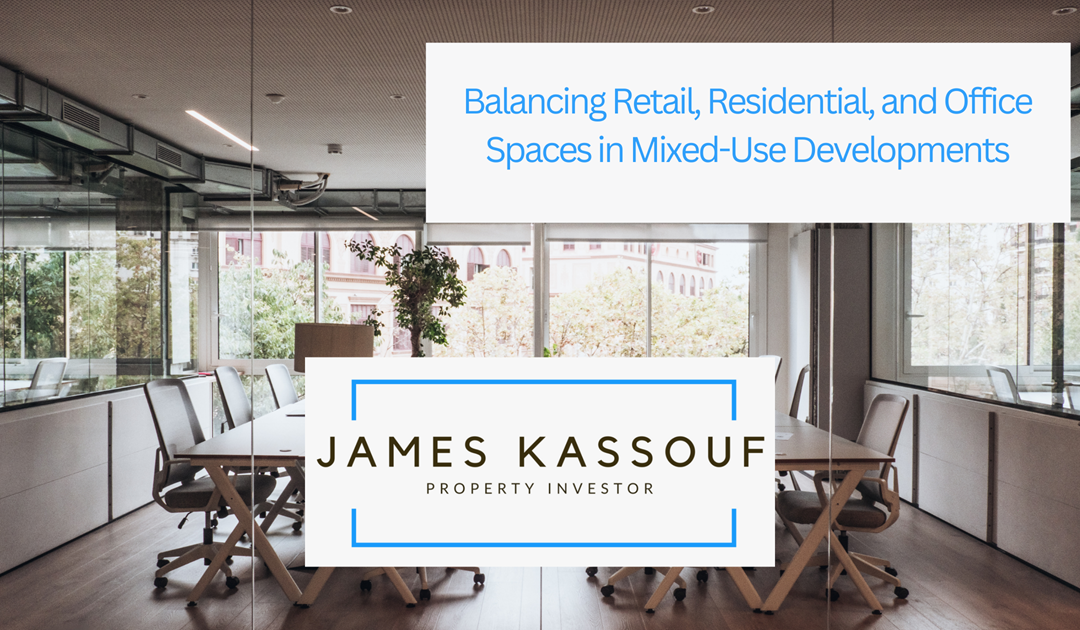Mixed-use developments have gained popularity in urban planning. They seamlessly integrate retail, residential, and office spaces to create vibrant communities. Balancing these components is crucial for fostering sustainability, enhancing community engagement, and boosting local economies.
The Importance of Balance
Achieving harmony among different space types is essential for creating a cohesive environment. Retail spaces provide crucial services and foster social interaction, while residential areas create a sense of community. Office spaces, on the other hand, create job opportunities and stimulate economic growth. When thoughtfully combined, these elements can enhance the overall quality of life for residents and visitors alike.
Design Considerations
Effective design is the backbone of successful mixed-use developments. Architects and planners must consider factors like accessibility, visibility, and flow. For example, placing retail spaces on the ground floor encourages foot traffic, while residential units can be positioned above to offer privacy and views. Strategic placement of shared amenities, such as parks or communal areas, can also promote user interaction.
Encouraging Synergy
Synergy among the different components can increase foot traffic and economic vitality. A well-designed mixed-use development can create a lively atmosphere, with cafes and shops benefiting from the presence of residents and office workers. Events or activities that draw people in—such as farmers’ markets or cultural festivals—can further enhance community engagement and support local businesses.
Sustainability and Resilience
Balancing these spaces can also contribute to sustainability goals. Mixed-use developments often reduce the need for cars, as residents can live, work, and shop within walking distance. This not only decreases traffic congestion but also lowers carbon emissions. Incorporating green building practices, such as energy-efficient systems and sustainable materials, can further enhance the environmental impact of these developments.
Community Involvement
Involving the community in the planning process is vital. Local stakeholders can provide valuable insights into residents’ needs and desires, helping to create spaces that truly reflect the community’s identity. Public input can also lead to more inclusive designs that cater to a diverse population.
Balancing retail, residential, and office spaces in mixed-use developments is a complex yet rewarding endeavor. By prioritizing thoughtful design, fostering synergy, embracing sustainability, and engaging with the community, developers can create spaces that not only meet today’s needs but also adapt to tomorrow’s challenges. The result is a thriving, interconnected urban environment that enhances the lives of all its inhabitants.

